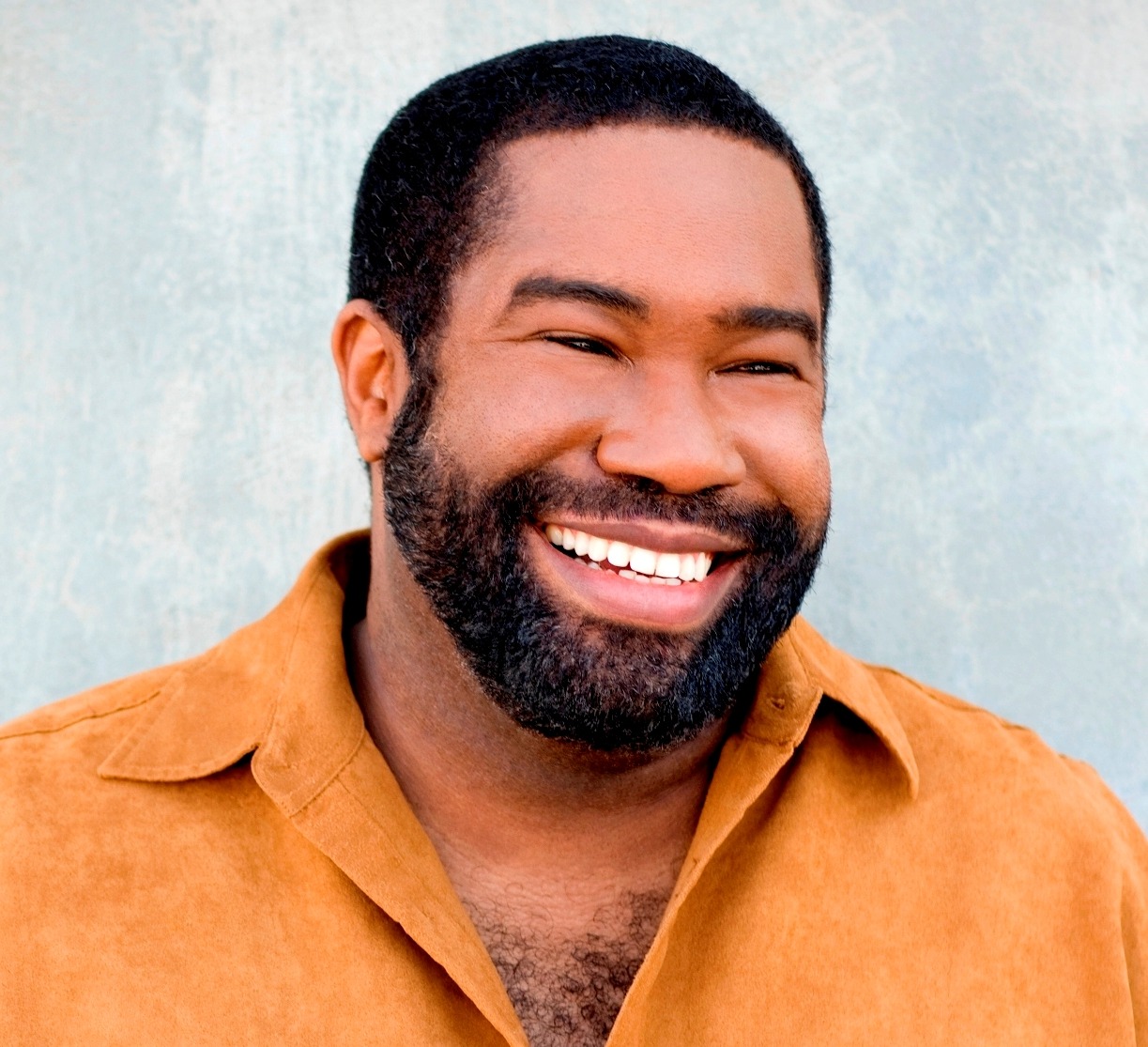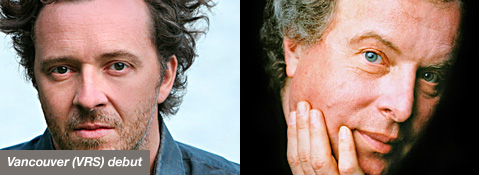Tag: Schumann
-
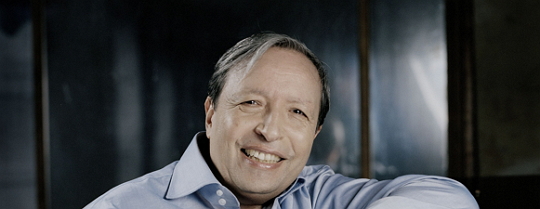
PROGRAM NOTES: MURRAY PERAHIA
Johann Sebastian Bach: French Suite No. 4 in E flat major, BWV 815 Bach composed suites for keyboard, for various solo chamber instruments, and for full orchestra, each comprising a varied and aesthetically balanced collection of dance movements written in the fashionable style of his day. The harmonic task given to each two-section dance is…
-
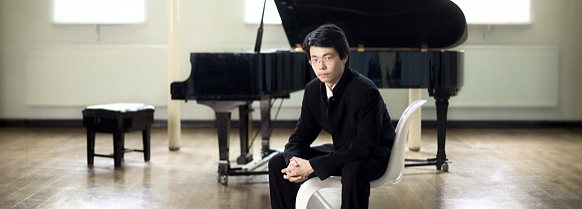
PROGRAM NOTES: KUOK-WAI LIO
Leoš Janáček: In the Mists Janáček’s four-movement piano cycle from 1912 presents us with intimate, personal and emotionally immediate music that stands stylistically on the border between eastern and western Europe. Its sound world is that of the fiddles and cimbalom (hammered dulcimer) of Moravian folk music. Equally folk-like is its use of small melodic…
-
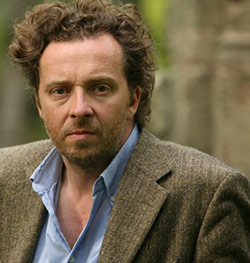
GETTING TO KNOW BARITONE CHRISTIAN GERHAHER
Christian Gerhaher on the origins on German Lied (song): The German Lied was born into quite special circumstances. The composer found himself creating something with no pre-existing format, which in practical performance terms was restricted to a quite intimate situation, which will later become the famous Schubertiade. That means it had a more social than…
-
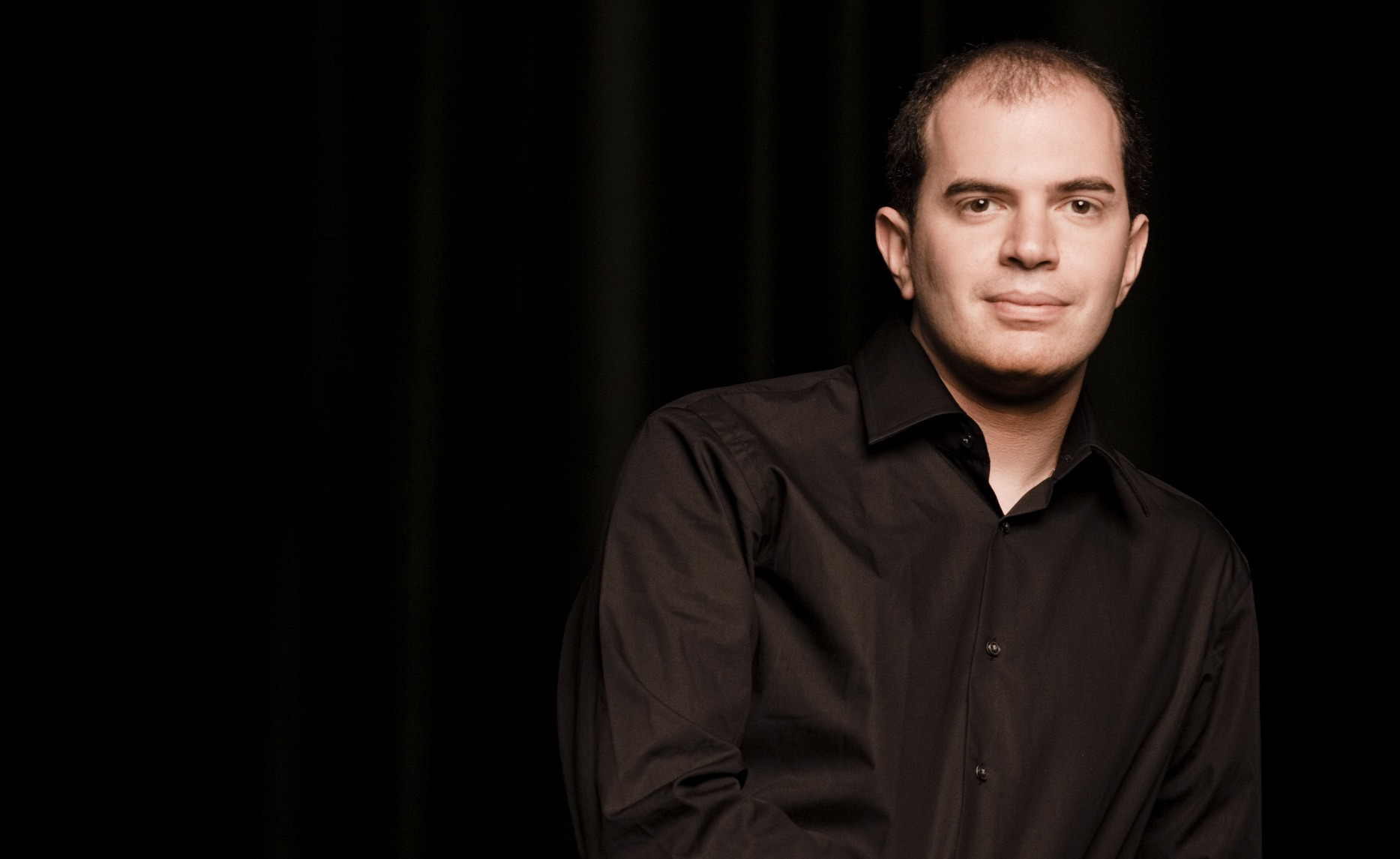
PROGRAM NOTES: KIRILL GERSTEIN
Johann Sebastian Bach English Suite no. 6 in D minor, BWV 811 Bach’s Partitas, English Suites and French Suites – six of each – collectively rank among the glories of the keyboard literature. Each is a four-part sequence of dance movements, all in the same key but varied by rhythm, tempo and mood: Allemande, Courante,…


